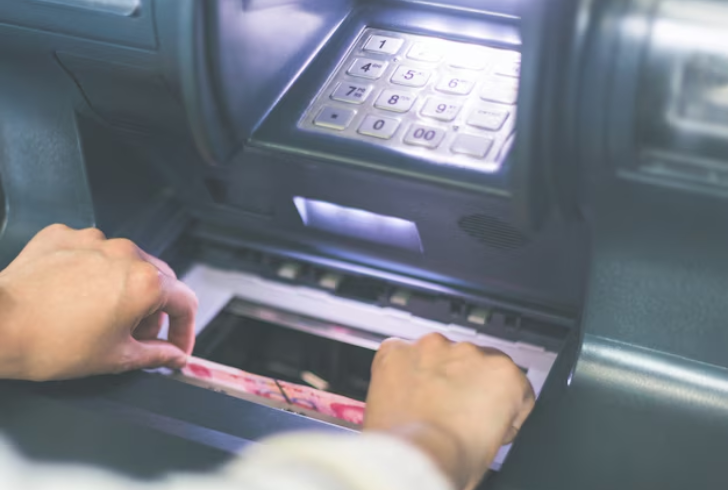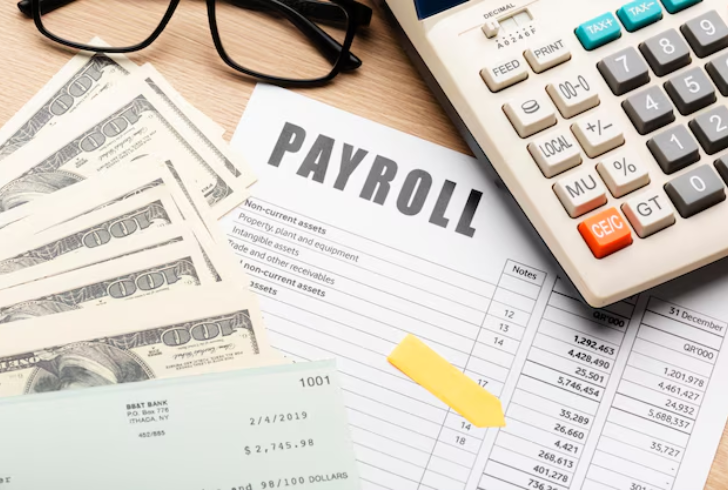In today’s fast-paced world, convenience and security are paramount when it comes to managing your finances. Enter direct deposit, a modern payment method that streamlines how you receive your hard-earned money. But what exactly is a direct deposit, and how does it work?
So, what is a direct deposit? Direct deposit is an electronic transfer of funds that bypasses the need for physical checks. Instead, your salary, tax refunds, or other payments are deposited directly into your bank account. This secure and efficient system offers a multitude of advantages for both individuals and businesses.
Why Choose Direct Deposit?

There are many reasons why direct deposit has become the preferred method for receiving payments:
- Speed: Unlike paper checks, which can take days to clear, direct deposits make your funds accessible much quicker. You’ll typically see your paycheck or benefits deposited on your designated payday, allowing you to access your money right away.
- Convenience: Gone are the days of waiting in line at the bank or worrying about misplaced checks. Direct deposit eliminates the need to physically deposit your paycheck, saving you valuable time and effort.
- Security: Traditional checks can be lost or stolen, posing a security risk. Direct deposit, but, transfers funds electronically, minimizing the chance of your money falling into the wrong hands.
- Reduced Costs: Direct deposit eliminates the need for printing, distributing, and processing paper checks. This translates to cost savings for businesses and minimizes the potential for errors associated with manual check processing.
- Environmental Benefits: By reducing reliance on paper checks, direct deposit contributes to a more sustainable environment. Every check saved translates to less paper usage and a smaller carbon footprint.
How Does Direct Deposit Work?

Setting up direct deposit is a simple process. Typically, you’ll need to provide your employer or the entity paying you with your bank account number and routing number. This information can be found on your cheques or by accessing your bank’s online platform.
Once you’ve provided your banking details, the payer initiates a direct deposit by sending an electronic payment instruction to their bank a few days before your designated payday. This instruction is then forwarded to your bank through a secure electronic funds transfer network. The entire process is automated, ensuring a quick and secure transfer of your funds into your account.
Getting Started with Direct Deposit
If you’re interested in receiving your paycheck or other payments via direct deposit, here’s what you need to do:
- Request a Direct Deposit Form: Begin by inquiring with your employer’s human resources or payroll department for a direct deposit authorization form.
- Gather Your Banking Information: Locate your bank account number and routing number. This information can be found on your checks or accessed through your online banking portal.
- Complete the Direct Deposit Form: Fill out the form accurately with your personal and banking details. Double-check all the information to avoid any delays in receiving your payments.
- Attach a Voided Check (if required): Some employers or institutions might request a voided check to verify your banking information. To do this, simply write “VOID” across a blank check and attach it to your direct deposit form. If you don’t have checks, your bank may offer alternative documentation to confirm your account details.
- Submit the Form: Once you’ve completed the form and attached any necessary documentation, return it to your employer or the designated entity.
- Track Your Bank Account: Keep an eye on your bank account on your next payday to confirm that your direct deposit has been successful. It’s important to note that it might take one or two pay cycles for the direct deposit to become active. During this initial period, you might still receive your payments via paper checks.
Direct Deposit for Businesses

Direct deposit isn’t just beneficial for employees; it offers significant advantages for businesses as well. Implementing direct deposit streamlines the payroll process, saving time and resources on tasks like check printing and distribution. Additionally, direct deposit minimizes the risk of check fraud and eliminates the hassle of dealing with lost or stolen checks. Direct deposit fosters a more efficient work environment while promoting employee satisfaction by ensuring timely access to wages.
The Benefits of Direct Deposit
Direct deposit is a secure, convenient, and efficient way to manage your finances, especially when it comes to receiving payments. By eliminating the need for physical checks and expediting the transfer of funds, direct deposit offers a win-win situation for both individuals and businesses. So, if you haven’t already made the switch to direct deposit, it’s worth considering for a faster, more secure way to receive your money.



